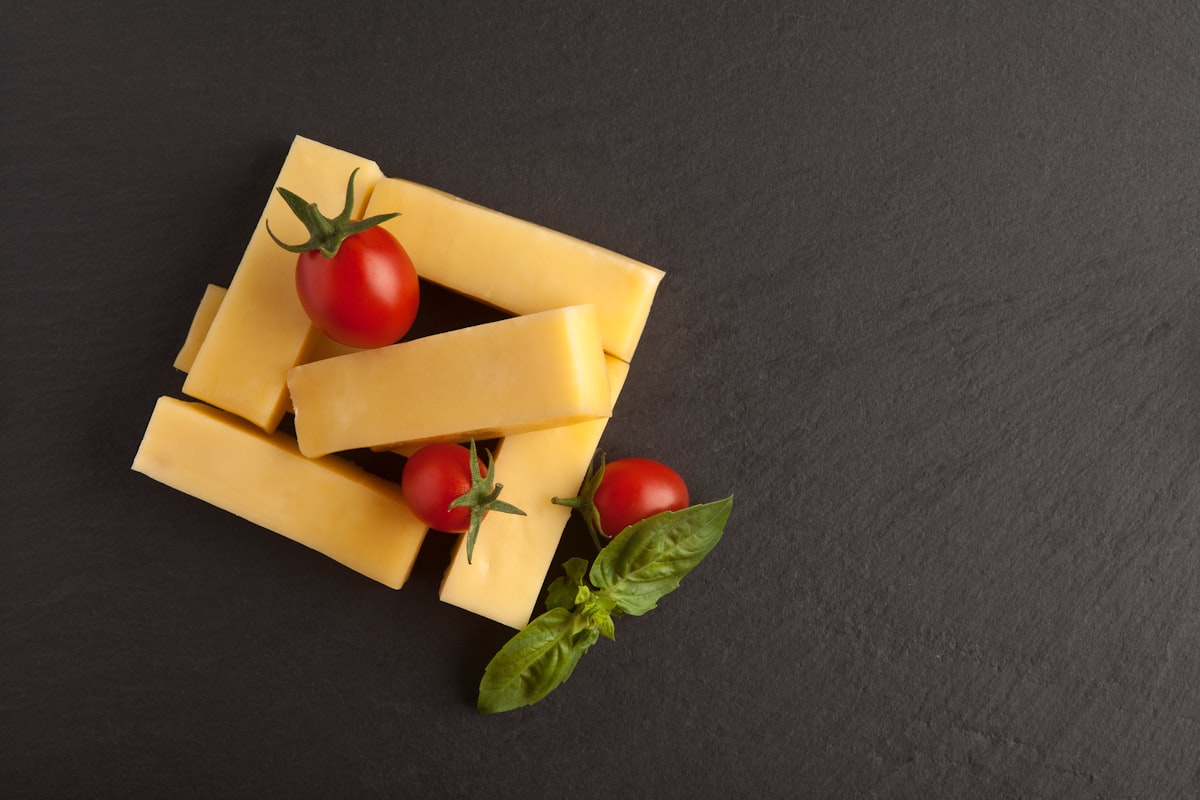Cheese labeling: consumers prefer "plastic" cheeses
Adulterations in cheese foods became sophisticated, particularly industrial. There are formulations elaborated practically without the natural edible. Regulations in general and labeling in particular, continue to be a means of exclusion from the formal market for artisanal cheese products.

Adulteration in food has become more sophisticated, particularly in most cheeses, which are industrial formulations made practically without the natural ingredient and whose labeling does not report what is sold, agreed to point out academics gathered by the Institute of Economic Research of the UNAM, in the sixth session of the Permanent Seminar of the Network of Localized Agrifood Systems-Mexico (SIAL), "Frauds and realities of cheese labeling in Mexico".
It is an issue in which citizens are the most unprotected because they reliably believe what manufacturers offer on the label of their products, said the specialist in Food Science from the National Technological Institute of Mexico, Aaron Fernando Gonzalez Cordova. It is not only about adding water to the milk to obtain a greater volume, but also about the mixture of a series of ingredients that constitute a deception to the consumer, said the researcher of the Center for Research in Food and Development (CIAD).
Even though adulterations are sophisticated, today the analysis methods to detect them have been perfected. "This is a race against time, the strategies used to counterfeit food, but also the methods by which we can detect these alterations," he said. And he warned: we are losing the sensory perception of food. In the case of cheeses made with milk, we have replaced them with those based on ingredients, which directly affects those who work to obtain lactose as a raw material.
For example, when the new generations have before them an authentic cheese, they reject it because of its strong flavor; their sensory profile has already changed and they conceptualize "plastic" products as genuine. This food is present in the national gastronomy, however, the norms are focused on the industrial part, and leave aside the artisan production, the one that is elaborated in the field and that is much smaller than the first one.
Meanwhile, Katia Yetzani García Maldonado, professor, and researcher at the Autonomous University of Mexico City said: Mexico is the largest consumer of processed and ultra-processed foods in Latin America and the fourth largest in the world; they are usually industrial formulations made practically without the natural food. The warning labeling was a decision of international health organizations, derived from the epidemic of overweight, obesity, and diabetes in Mexico and the world, which is related to the intake of such foodstuffs. And clarified:
This labeling only applies to added nutrients; that is, to those that are artificially added at the time of its elaboration and that is not contained in the food itself. In the case of cheeses, when they are genuine, they do not require saturated fat labels, for example.
As of October 2025, when phase three of labeling will come into force, the full nutrient profile will begin to be applied, that is, the nutrients that are part of the food as such and those that are added. "The reason this was done is because of the health risks due to excessive consumption of certain critical nutrients such as saturated fats and sodium." Those produced with 100 percent milk or artisanal, should not have stamps of excess saturated fats. The most important thing is related to energy and saturated fats. Food choices are not made because of the seal, but it is important to have the information to taste genuine cheese.
Esteban Barragán López, academic from the College of Michoacán, explained that, before food labeling, there were international failures regarding the denomination of origin, as in the case of Parmesan cheese, which is for life and should be respected worldwide; however, this is not the case, and its sale in other countries is a violation of international agreements and treaties. In Mexico, artisan cheese fairs are showcases for the industry, where they promote high quality in the elaboration of their products.
"We are witnessing these fakes where there are real impostors who commit the crime of imitating brands protected by law for commercial speculation purposes, as happens with the commercialization of Cotija, which is not from the region of origin; however, it is distributed under that name in supermarket chains nationwide."
An attempt is being made to control this type of abuse with front labeling; however, for artisan producers, it is too expensive, because "if we want certain characteristics or nutritional information to appear, it costs 8,000 pesos, for example, and another similar amount for each modification of the product label". Regulations in general and labeling, in particular, will continue to exclude artisan cheeses from the formal market, and their place will be taken by imitation or similar products.




